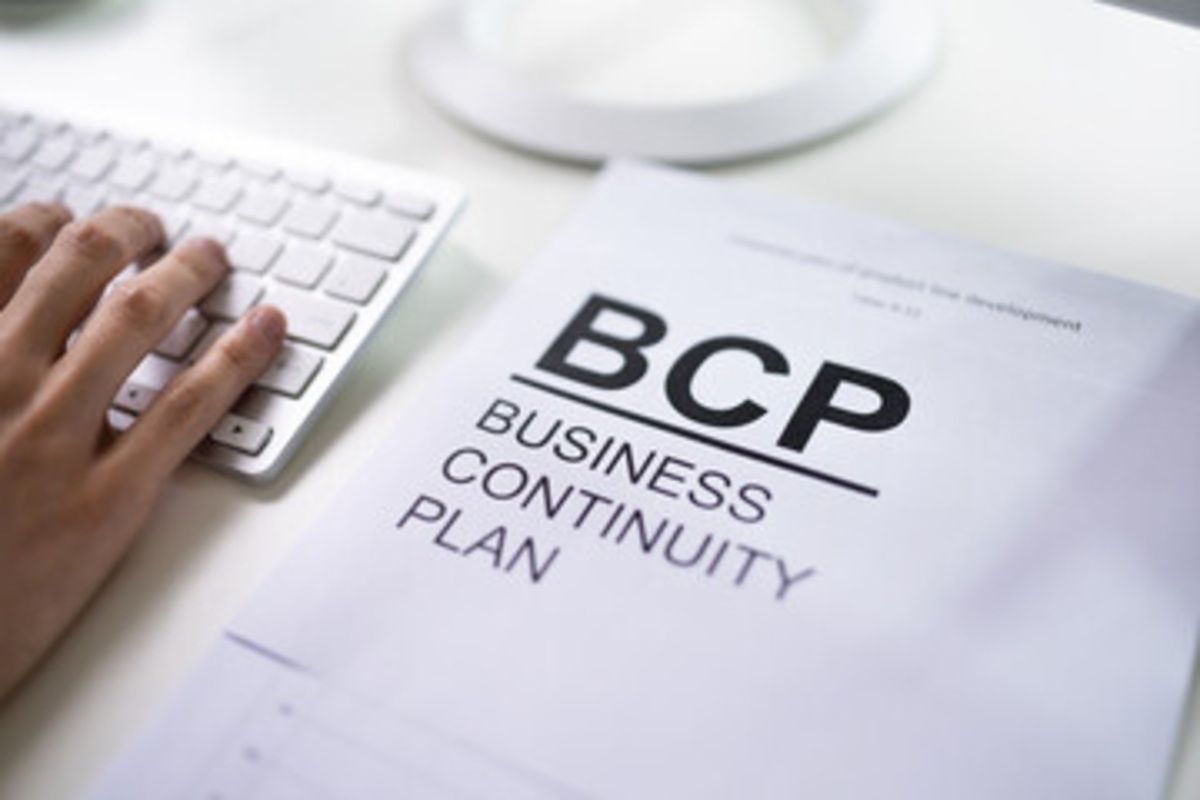When operations stop, businesses don’t just lose time—they lose revenue, clients, and trust. Cyberattacks, power outages, and natural disasters can all bring operations to a standstill. The best way to minimize these risks is to have a business continuity plan that reflects your current processes, technology, and vulnerabilities. We’ve seen firsthand how relying on an outdated plan can lead to avoidable disruptions and setbacks.
In this guide, we’ll explain how often you should update your business continuity plan, key triggers for an immediate update, and practical steps to keep your plan relevant. Let’s dive in.
How Often Should You Update Your Business Continuity Plan?
Our Recommended Schedule: Every 6 to 12 Months
We typically recommend reviewing and updating your business continuity plan every 6 to 12 months. This frequency keeps your strategy aligned with current operations and ensures that nothing falls through the cracks. In some high-risk industries, quarterly reviews may be more appropriate.
Updating once a year may be enough for stable environments, but for businesses with frequent staffing changes, new tech rollouts, or increased cybersecurity exposure, more frequent updates help maintain preparedness.
What Should Trigger an Update Between Scheduled Reviews?
Even with a scheduled review process, several events can demand an immediate update. These changes often affect core areas of your operations and could render parts of your plan ineffective.
Key Triggers That Should Prompt an Immediate Update
- Staffing Changes: If you’ve had turnover in key roles responsible for continuity tasks, such as IT, security, or leadership, update contact details and task ownership immediately.
- Technology Changes: Have you implemented new software, cloud platforms, or hardware? Your plan needs to reflect updated system dependencies and backup protocols.
- Office Relocations: A new physical location may bring different risks, such as new natural hazards, power infrastructure, or emergency response procedures.
- New Services or Products: Expansion into new offerings often means added risks or logistical needs. Be sure to reflect these in your recovery priorities.
- Regulatory Changes: Compliance requirements may shift, especially in healthcare, finance, or manufacturing. Ensure your plan aligns with the latest standards.
What to Focus on During a Review
Updating your continuity plan isn’t just about proofreading. It’s a functional check-up. During each review, we recommend walking through your plan step-by-step to confirm it still works as expected under current conditions.
Areas We Always Double-Check:
- Contact Lists and Role Assignments: Are all names, numbers, and responsibilities still current?
- Data Backup Processes: Are your backups still automated, tested, and stored securely off-site?
- Recovery Time Objectives (RTOs): Have your recovery time goals changed based on recent service levels?
- Supply Chain Dependencies: Are your vendors still reliable, or have you switched partners recently?
- Communication Plans: Do your internal and external notification procedures work with your current systems?
It’s also a good idea to run a tabletop test during the review process. This low-pressure exercise walks your team through a hypothetical disruption to see how well your plan holds up without the need for a full-scale simulation.
What Happens If You Don’t Update Your Plan?
Outdated plans are risky. We’ve seen businesses attempt to follow their continuity plan during a crisis, only to realize too late that the contact person left the company a year ago or the documented recovery steps reference servers that no longer exist.
Common Risks of Letting Your Plan Go Stale:
- Delays in response due to outdated instructions or contact info
- Data loss from unverified or outdated backup procedures
- Compliance penalties from missing key requirements
- Loss of trust from customers if recovery takes longer than expected
Updating your business continuity plan regularly avoids these pitfalls and keeps your team ready for whatever might come next.
How We Help Clients Stay Ready
At MDL Technology, we take a hands-on approach to business continuity planning. We don’t just create documents, we build living plans. Our team conducts structured plan reviews, runs simulations, updates documentation, and ensures backups and failover systems are tested and working.
Whether your business is growing, moving, or adapting to new risks, we’re here to help ensure your continuity plan evolves with you.
Final Thoughts: Stay Ahead, Stay Prepared
The best time to update your business continuity plan is before something goes wrong, not after. We recommend reviewing your plan at least once every 6 to 12 months and updating it immediately following major changes to your business. A solid, current plan is one of the most valuable tools you have to protect your operations and recover faster.
Need help reviewing or updating your business continuity plan? Contact us at MDL Technology. We’ll walk through your existing plan, identify gaps, and build a strategy that keeps your business protected.







